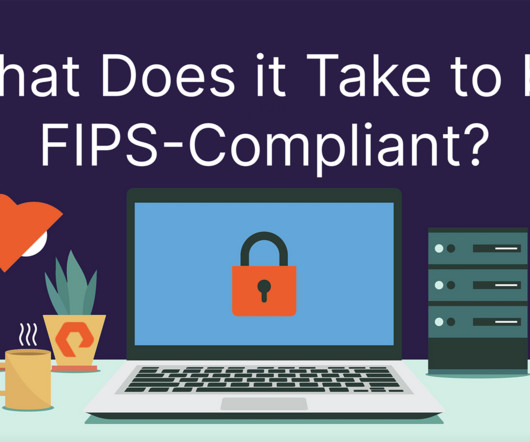Transportation Worker Identity Credential: Reviving the Qualified Technology List With Simple Self-Certification Approval Process
Security Industry Association
FEBRUARY 2, 2023
TSA is responsible for enrollment of applicants, background vetting, card issuance and life cycle management of the TWIC credential. The application form includes a series of boxes to check such as type of reader (handheld/portable or fixed mount), biometric matching capability, type of card-to-reader interface (contact or contactless), etc.













Let's personalize your content